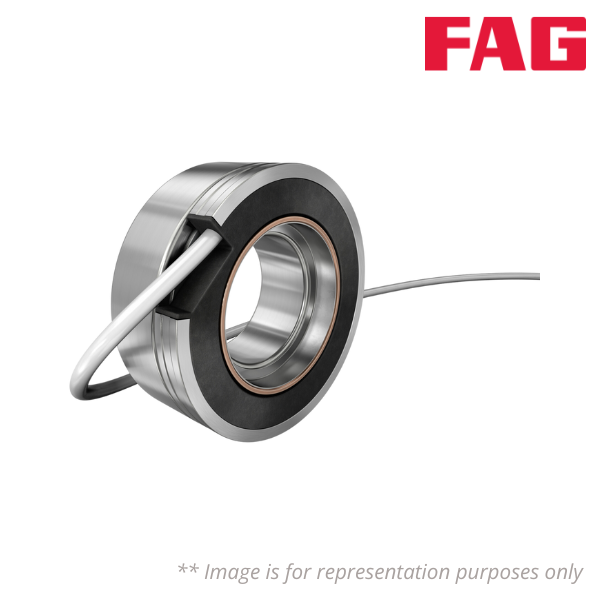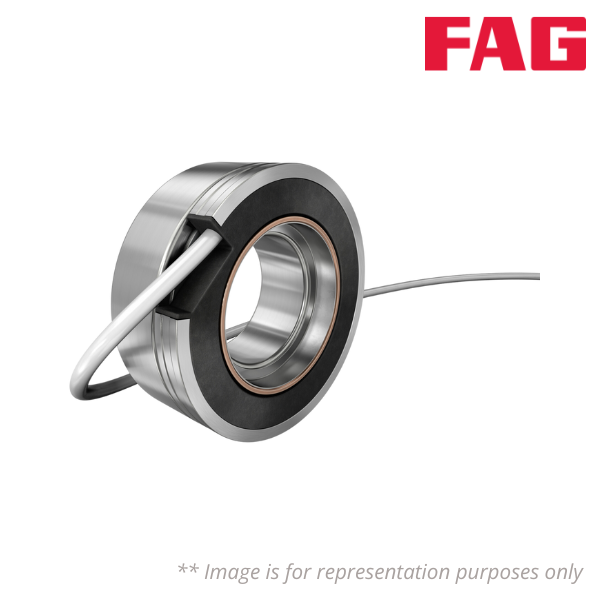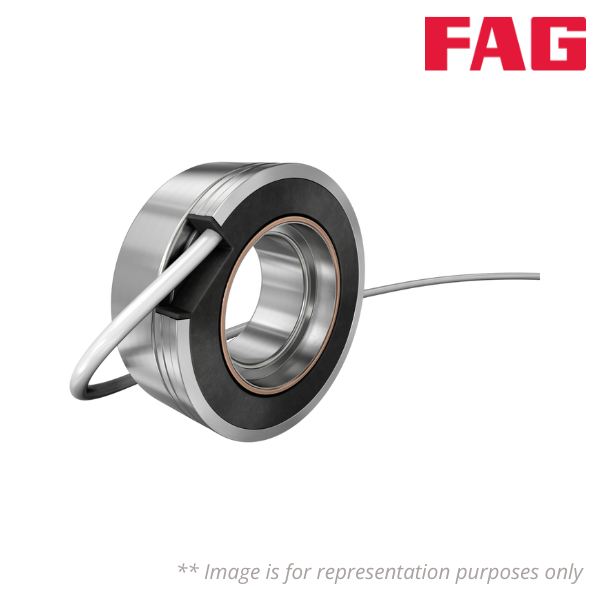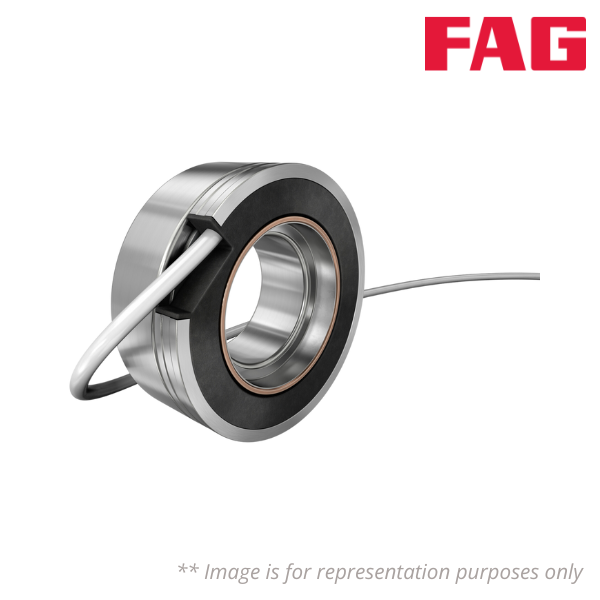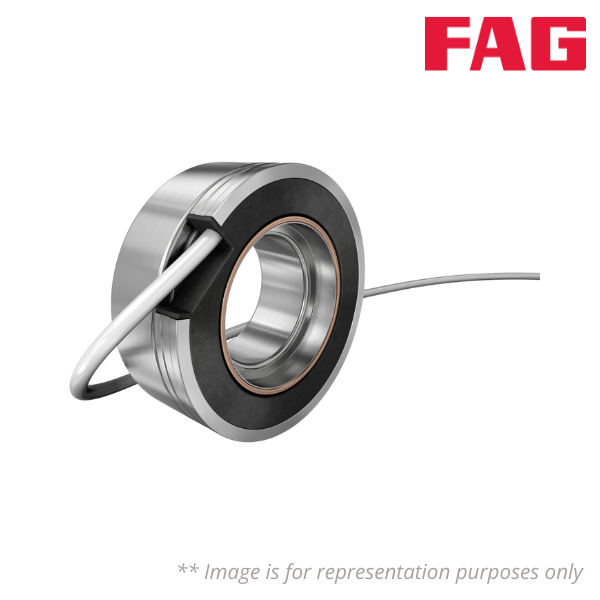
FAG, a brand within the Schaeffler Group, offers sensor bearings, also known as wheel speed sensor bearings or ABS sensor bearings, which integrate sensors into the bearing assembly to monitor the speed and direction of rotating components, typically used in automotive applications. These sensor bearings are commonly used in wheel hub assemblies to provide crucial data for the operation of anti-lock braking systems (ABS), traction control systems (TCS), and stability control systems (ESC). Here are some key features and benefits of FAG sensor bearings:
-
Integrated Sensor: FAG sensor bearings feature an integrated sensor unit that detects the rotational speed and direction of the bearing assembly. The sensor unit typically consists of a magnetic encoder or Hall effect sensor that generates electrical signals proportional to the rotational speed and direction of the wheel hub.
-
Sealed Design: Sensor bearings are designed with sealed enclosures to protect the sensor unit from contaminants such as water, dirt, and debris. This ensures reliable performance and longevity of the sensor unit in harsh operating environments.
-
Plug-and-Play Installation: FAG sensor bearings are designed for easy installation and replacement, with standardized mounting dimensions and plug-and-play connectivity. This simplifies the installation process and reduces downtime during maintenance and service operations.
-
High Accuracy and Reliability: Sensor bearings are engineered to provide accurate and reliable speed and direction sensing under a wide range of operating conditions.
-
Compatibility with ABS Systems: FAG sensor bearings are compatible with various ABS systems and vehicle platforms, making them suitable for use in a wide range of passenger cars, commercial vehicles, and light trucks. They meet stringent quality and performance standards to ensure compliance with automotive industry requirements.
-
Reduced Weight and Complexity: By integrating the sensor directly into the bearing assembly, FAG sensor bearings help reduce the overall weight and complexity of the vehicle's braking and traction control systems. This simplifies the design and assembly of the vehicle's wheel hub assemblies and improves overall vehicle performance and efficiency.


